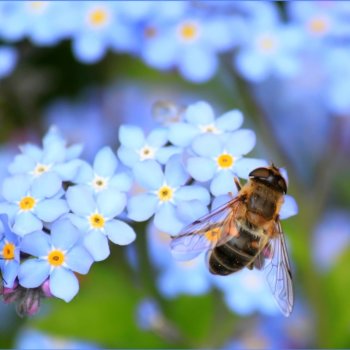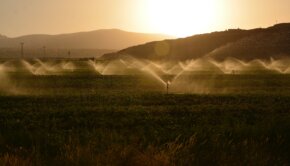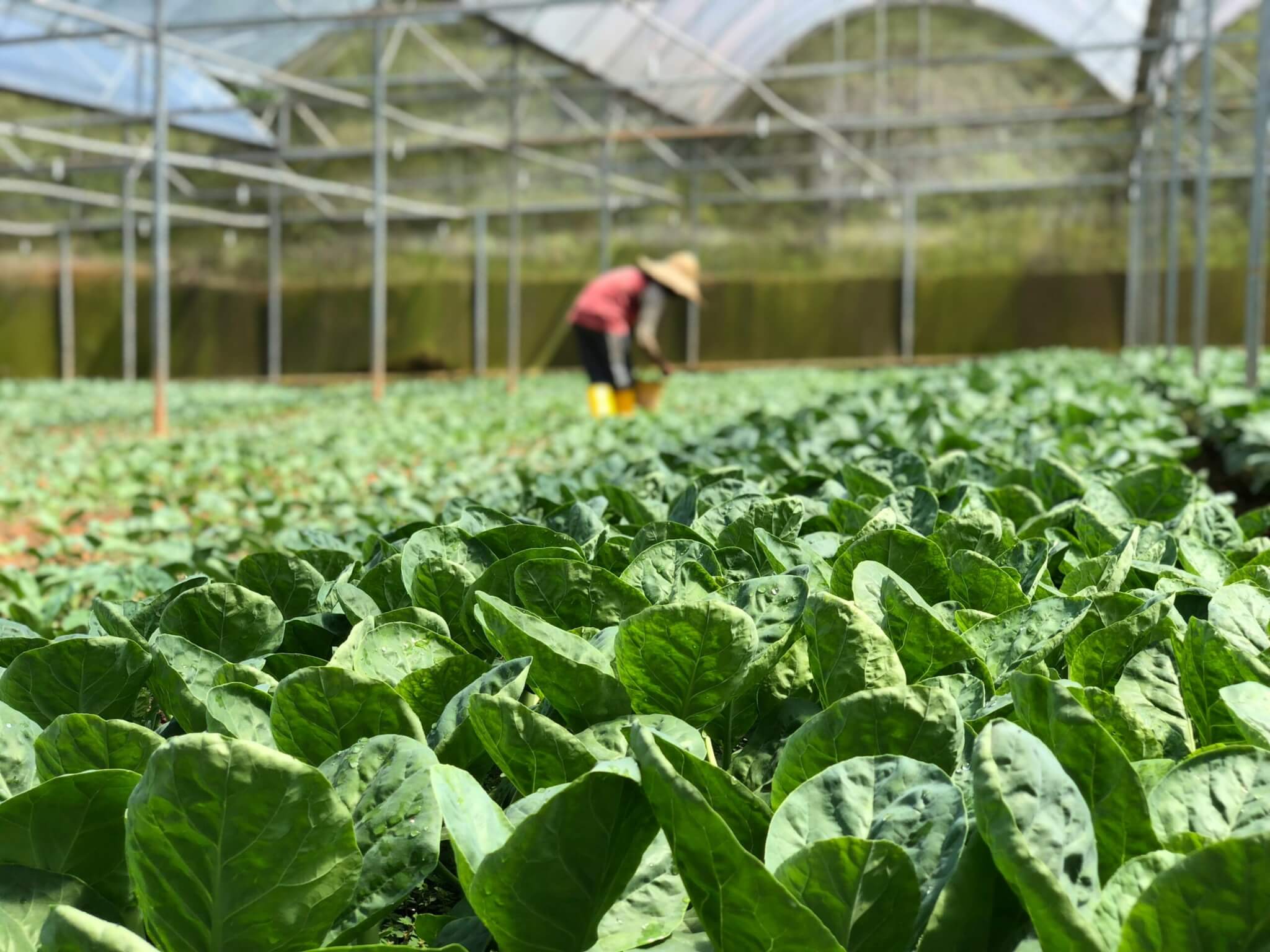EU Biodiversity Strategy 2030: bringing nature back into our lives

The Biodiversity Strategy tackles the key drivers of biodiversity loss, such as unsustainable use of land and sea, overexploitation of natural resources, pollution, and invasive alien species.
1 July 2020
The 2030 Biodiversity Strategy is a comprehensive, systemic, and ambitious long-term plan for protecting nature and reversing the degradation of ecosystems. It is a key pillar of the European Green Deal and of EU leadership on international action for global public goods and sustainable development goals.
With an objective to put Europe’s biodiversity to recovery by 2030, the strategy sets out new ways to implement existing legislation more effectively, new commitments, measures, targets and governance mechanisms. These include:
- Transforming at least 30% of Europe’s lands and seas into effectively managed protected areas. The goal is to build upon existing Natura 2000 areas, complementing them with nationally protected areas, while ensuring strict protection for areas of very high biodiversity and climate value.
- Restoring degraded ecosystems across the EU that are in a poor state, as well as reducing pressures on biodiversity. The strategy proposes a far-reaching EU Nature Restoration Plan that includes: Subject to an impact assessment, developing a proposal for a new legal framework for nature restoration, with binding targets to restore damaged ecosystems, including the most-carbon-rich ones; improving the conservation status or trend of at least 30% of EU protected habitats and species that are not in a favourable status; restoring at least 25,000 kilometres of rivers to be free-flowing; halting and reversing the decline in farmland birds and insects, particularly pollinators; reducing the overall use of and risk from chemical pesticides, and reducing the use of the more hazardous/dangerous ones by 50%; manage at least 25% of agricultural land under organic farming, and significantly enhance the uptake of agro-ecological practices; reducing the losses of nutrients from fertilisers by at least 50% and fertiliser use by at least 20%; planting at least three billion trees, in full respect of ecological principles and protecting the remaining primary and old-growth forests; eliminating bycatch of protected species or reducing it to a level that allows full species recovery and does not threaten their conservation status.
- Enabling transformational change. The Strategy sets in motion a new process to improve biodiversity governance, ensuring member states integrate the commitments of the strategy into national policies. A Biodiversity Knowledge Centre and a Biodiversity Partnership will support better implementation of biodiversity research and innovation in Europe. The strategy seeks to stimulate tax systems and pricing to better reflect real environmental costs, including the cost of biodiversity loss, and that biodiversity is truly integrated into public and business decision-making.
The importance of biodiversity
Biodiversity – the variety of life on Earth, including plants, animals, fungi, micro-organisms, and the habitats in which they live – and ecosystems that living species form, provide us with food, materials, medicines, recreation, health, and wellbeing.
They clean the water, pollinate the crops, purify the air, absorb vast quantities of carbon, regulate the climate, keep soils fertile, provide us with medicine, and deliver many of the basic building blocks for industry.
Damaged ecosystems are more fragile, and have a limited capacity to deal with extreme events and new diseases. Well-balanced ecosystems, by contrast, protect us against unforeseen disasters and, when we use them in a sustainable manner, they offer many of the best solutions to urgent challenges.
Losing biodiversity is:
- A climate issue: destroying and damaging ecosystems and soils speeds up global warming while nature restoration mitigates climate change.
- A business issue: natural capital provides essential resources for industry and agriculture.
- A security and safety issue: loss of natural resources, especially in developing countries, can lead to conflicts and increases everywhere vulnerability to natural disasters.
- A food security issue: plants, animals including pollinators and soil organisms play a vital role in our food system.
- A health issue: the destruction of nature increases the risk and reduces our resilience to diseases. Nature also has a beneficial effect on peoples’ mental health and welfare.
- An equity issue: loss of biodiversity hurts the poorest most of all, making inequalities worse.
- An intergenerational issue: we are robbing our descendants of the basis for a fulfilled life.
How will the implementation of the Biodiversity Strategy boost Europe’s recovery after Covid-19?
The European Green Deal, including this Biodiversity Strategy, is Europe’s growth strategy and will drive the recovery from the crisis. It will bring economic benefits and will help strengthen our resilience to future crises.
The three key economic sectors – agriculture, construction and food and drink – are all highly dependent on nature and they generate more than €7trn. Benefits of the EU Natura 2000 nature protection network are valued at between €200-300bn per year.
Investing in nature also means investing in local jobs and business opportunities, such as nature restoration, organic agriculture, and in green and blue infrastructure.
The investment needs of the Natura 2000 nature protection network are expected to support as many as 500,000 additional jobs. Organic farming provides 10-20% more jobs per hectare than conventional farms. Greening the cities offers many innovative job opportunities, from designers and city planners, to urban farmers and botanists.
Conversely, if we continue down the business as usual path of ecosystem destruction, the continued degradation of our natural capital will considerably limit business opportunities and socio-economic development potential. The economic and social costs of inaction on environmental and climate issues would be huge, leading to frequent severe weather events and natural disasters as well as reducing the average EU GDP by up to 2% and by even more in some parts of the EU.*
The world lost an estimated €3.5-18.5trn per year in ecosystem services from 1997 to 2011, owing to land-cover change, and an estimated €5.5-10.5trn per year from land degradation. Biodiversity loss results also in reduced crop yields and fish catches and the loss of potential new sources of medicine.
What does the strategy mean for:
The spread of invasive alien species?
A commitment to significantly limit the introduction of invasive alien species, with the aim of decreasing the number of Red List species threatened by invasive alien species by 50% is made in the strategy. To achieve this, a new implementation drive for the Invasive Alien Species Regulation is foreseen, focusing on the prevention of new introductions and the management of established invasive alien species.
Agricultural land?
The Biodiversity Strategy, together with the Farm to Fork Strategy published at the same time, includes commitments to reverse the decline of pollinator insects.
The commission proposes that 10% of agricultural land should consist of “high-diversity landscape features”, for instance, in the form of hedges or flower strips, and the environmental impacts of the agricultural sector should be significantly reduced by 2030.
The progress towards the target will be under constant review and adjusted if needed to mitigate against undue impact on biodiversity, food security, and farmers’ competitiveness. A quarter of agricultural land should be under organic farming management by 2030, and the use and risk from pesticides should be reduced by 50%, as well as the use of the more hazardous/dangerous pesticides.
Forests?
A major drive is foreseen to protect and restore EU forests, including primary and old growth forests. An objective of reaching 3 billion additional trees in the EU by 2030, i.e. doubling the current trend, is also included. The aim is to increase the area of forest coverage in the EU, the resilience of forests and their role in reverting biodiversity loss, mitigating climate change, and helping us adapt to it.
Soil?
The Strategy sets a commitment to restore degraded soils, update the EU Soil Thematic Strategy, and achieve EU and international commitments on land degradation neutrality. The Zero Pollution Action Plan for air, water and soil, to be adopted by the commission in 2021, will address in particular soil contamination prevention and remediation.
Cities and local governments?
The promotion of healthy ecosystems, green infrastructure and nature-based solutions should be systematically integrated into urban planning, including in the design of buildings, public spaces and infrastructure, working with the Covenant of Mayors to build a movement towards nature and biodiversity actions and strategies under a new “Green City Accord”.
For more, see here.
* https://ec.europa.eu/social/main.jsp?catId=738&langId=en&pubId=8219



 Print
Print








Fans 0
Followers